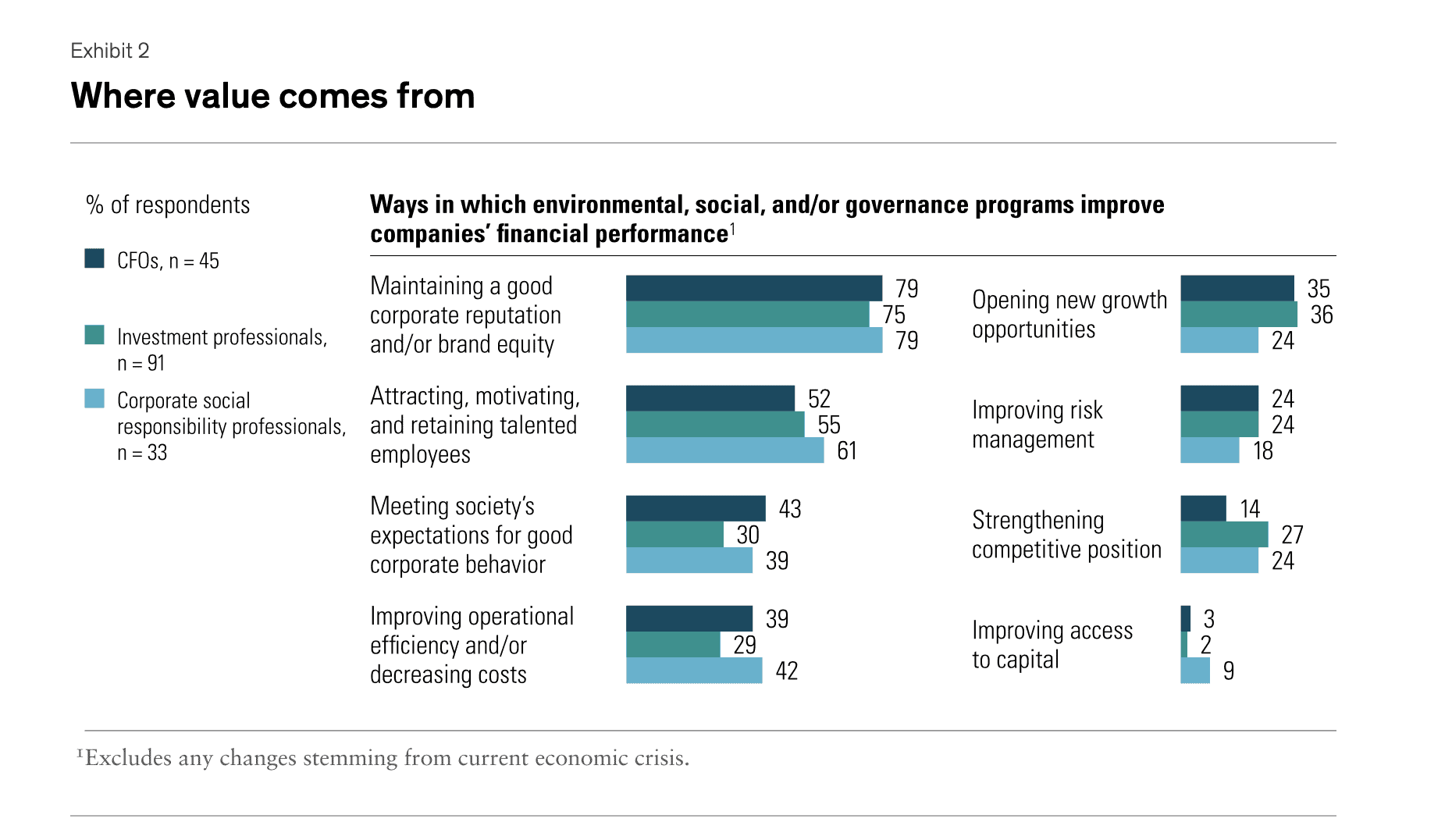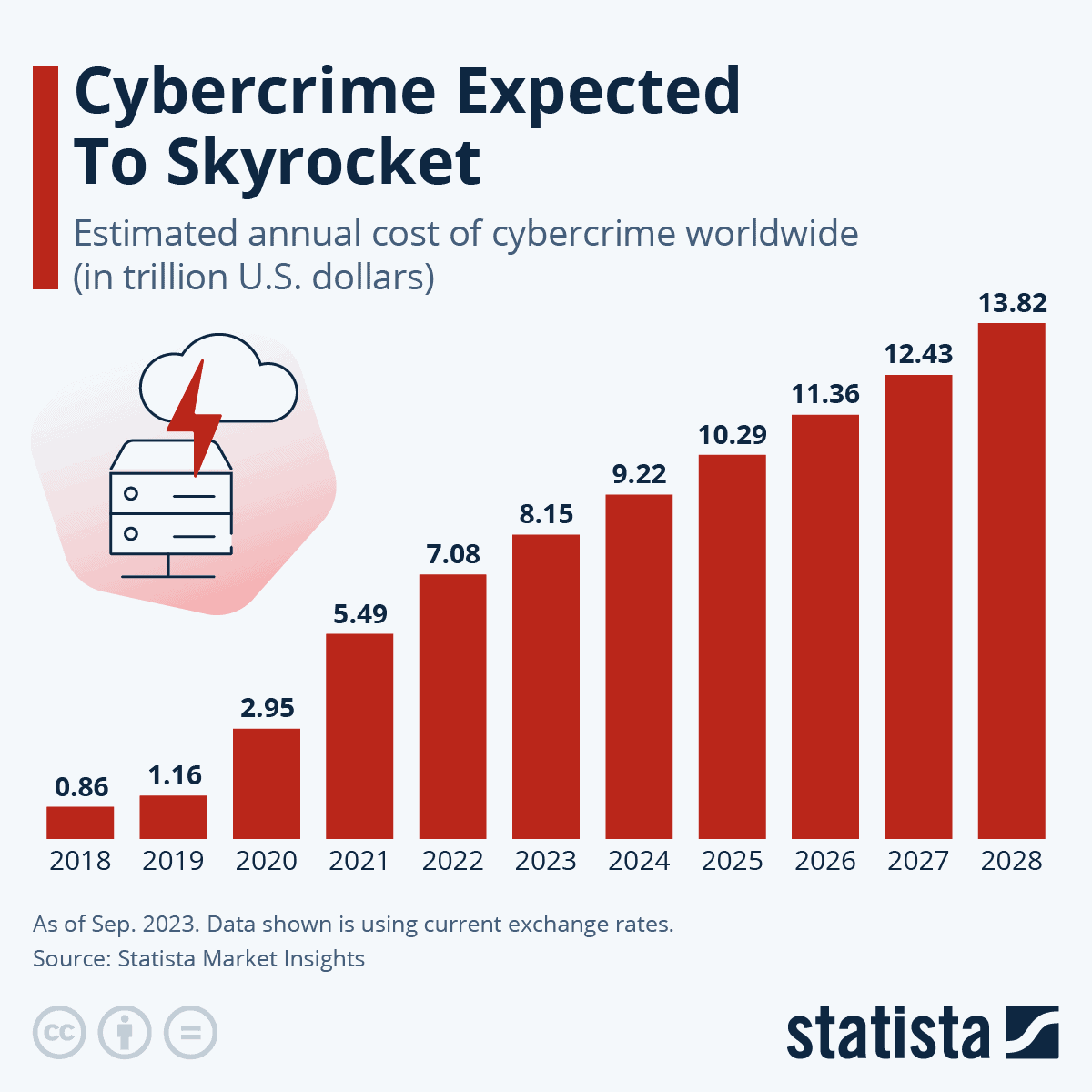Today’s consumers are savvy and have high expectations. They’re not only looking at the quality of your products or services. They also want to see that you’re complying with local regulations and have a high level of integrity.
They want to know you care about keeping their data safe, that any sustainability claims are genuine, or that you really do treat employees as well as you claim to.
One unhappy customer can derail your brand’s reputation, particularly in the digital realm. It’s why managing brand reputation should be an essential part of your business plans today.
Here, we’ll explore the concept of brand reputation and how you can manage it with one eye always on your compliance requirements.
What is Brand Reputation?
Brand reputation is how people perceive your company, whether positive or negative.
Multiple factors can affect those perceptions (which we’ll explore below). And while it may take a lot to build up a well-rounded, positive image, sometimes it can take only one domino to topple the pile.
With 66.2% of the world’s population online, the internet is a powerful beast. It can raise a business’s reputation to lofty heights… or send it crashing down with a resounding thud. So crafting a brand reputation management strategy is crucial.
A solid reputation builds trust and relationships, two factors that contribute towards brand loyalty and customer retention. In turn, that can lead to a wider reach and more sales.
7 Factors that Impact Brand Reputation Management and How to Leverage Them

Image Sourced from SotftwareAdvice.co.uk
While many people think of reviews as being damaging, negative ones can be caused by several factors. One of the first steps to effective brand management is knowing what those factors are.
Products and Services
The quality of your products and/or services is one of the main drivers of both business success and brand reputation. This is particularly true if you sell something like API integration software or legal services with strict compliance requirements.
Ultimately, you want customers to be satisfied with their purchases and to demonstrate trust and integrity.
Customers will judge your products on several factors, such as functionality, security, reliability, and value for money. By ensuring that the goods/services you offer meet customers’ expectations, you have completed one piece of the brand reputation puzzle.
Quality is crucial and can lead to positive reviews as well as increased sales through personal recommendations. Fall short of customer expectations and your brand will take the hit.
Customer Service
If your products and services play a starring role in how people perceive your brand, customer service gets the Oscar for Best Supporting Actor. In fact, research has shown that providing better customer service can boost sales by up to 7%.
This is a direct connection between your business and customer, especially if all of your sales come via your website.
Customers may contact you for various reasons, including to make a product query, clarify shipping costs, or make a complaint. Regardless, nailing this directly ties in with customer perceptions.
Even if it is a complaint, the way your customer service team handles it could determine whether customers return or not.
It’s worth monitoring several factors here to guarantee good service:
- Communication: Whether by phone, email, social media, or live chat, agents should be professional, quick to respond, helpful, and empathetic.
- Problem solving: If a customer has an issue, help them resolve it swiftly or point them to someone who can.
- Personalization: Customer details on your CRM help tailor their experience.
- Responsiveness: Customers don’t want to wait for answers, regardless of the communication channel they’re using.
Marketing
Marketing your products is marketing your brand. Well-thought-out marketing portrays a positive image for your brand. But if you produce a controversial or distasteful ad, it could reflect negatively on the business and take time to recover from.
Marketing may not always be pushing products or services. In some cases, you may use marketing to spread brand awareness, highlight an issue, or communicate your CSR (corporate social responsibility) efforts.
So as well as persuading consumers to make a purchase, you must communicate your vision as a brand, values, and proof of claims in a way that resonates with audiences and demonstrates transparency.
Corporate Social Responsibility (CSR)

Screenshot Sourced from mckinsey.com
More modern businesses are implementing CSR and ESG (environmental, social, and governance) initiatives to maintain their reputation. At the same time, consumers are increasingly looking at these credentials as part of their decision-making process.
CSR is an important part of how people see your brand. Sharing what you do, from carbon offsetting to supporting social causes, shows that you care about more than your bottom line.
If you have an ESG report, publish it on your website. If you don’t have one, consider creating one to highlight your ESG policies. Be sure to evidence any claims and specify how you are maintaining compliance.
Online Presence
Living in an omnichannel world, there are numerous digital spaces where customers can connect with your brand and share their thoughts about your company.
As a business, your online presence should always reflect who you are as a brand, from your values to your commitment to good customer service. This can include a website that is informative and easy to navigate as well as social media channels that help you prospect for leads.
But it’s about more than simply having a presence on these platforms; you have to engage with people, monitor what users say about you, and respond accordingly.
Around 66% of US consumers see reviews as being a major influence on purchasing decisions. So you can see how important feedback can be. But customers often look beyond the review itself.
How a business responds to a negative review can also influence their perception. A company that ignores negative comments on social media or reviews on platforms like Google and TrustPilot look like they have something to hide.
But accepting responsibility for a mistake, whether it’s a faulty product or a delay in shipping, and taking action to resolve the issue demonstrates to consumers that you care about them.
As an added bonus, replying to negative reviews and comments can also boost your SEO efforts. In turn, that can improve your Google ranking and make it easier for potential customers to find you.
Utilizing tools like ChatGP can assist in efficiently managing responses across multiple platforms. There are ChatGPT prompts for every business to help you in whatever industry you work in.
Of course, with so many platforms and channels, it can be difficult to keep track of everything. That’s where social listening and social media intelligence tools can be of great benefit, flagging any mentions of your brand or products so that your team can respond.
Additionally, incorporating website widgets, such as live chat support or feedback forms, can enhance user experience and provide more avenues for customer engagement directly on your website.
Security

Image sourced from Statista
With the cost of cybercrime expected to hit $9.22 trillion in 2024, cybersecurity is something that both customers and businesses take very seriously.
If you don’t have stringent security measures on your website or payment gateway, people may end up being defrauded of funds or suffering identity theft. If your business gets a reputation for poor security measures then that will also have an adverse effect on your brand reputation.
There are numerous ways to strengthen your cybersecurity, such as encryption and two-factor authentication. Many of these security measures can be done in-house, though in some circumstances, a specialist security audit will help highlight issues and solutions.
Compliance
Depending on the sector you operate in, there will be numerous laws and regulations your business has to comply with. These can include both state and federal regulations and even, in some cases, city ordinances such as operating hours.
Breaches can lead to quite severe financial penalties in many cases. Perhaps more importantly, repeated breaches could badly damage your brand reputation, and it can take a lot to restore it.
You will likely need to comply with the Payment Card Industry Data Security Standard (PCI DSS) if you take any sort of card payment. If you’re involved in the F&B sector, you will have hygiene standards to comply with, such as HACCP.
Meanwhile, those involved in federal government activities may need to meet new CMMC requirements under the Biden administration. And, of course, anyone handling confidential data will be governed by relevant laws, such as the General Data Protection Regulation (GDPR).
Suffice to say there are numerous compliance considerations. But being able to show you comply with these can be invaluable to your brand reputation.
Additionally, being vigilant about terms of service issues is paramount. Ensuring your business adheres to all legal and regulatory requirements is crucial for maintaining trust and credibility in the eyes of your customers and stakeholders.
Ways to Monitor and Measure Brand Reputation
With so many factors affecting your brand reputation, it can sometimes seem like an uphill battle. You’re spinning so many plates, hoping none of them fall. So, how do you make sure everything stays steady?
Here’s an idea of what you should be looking at to gauge your brand reputation. Keep in mind, this is not a one-time exercise. You must regularly analyze these, with the above factors in mind, for your brand reputation management strategy to be genuinely effective.
Brand Awareness
How well-known is your brand? If it is widely recognized? If so, is that for good or bad reasons?
Chances are if your company ticks all the boxes (great products, great customer service, etc.), you’ll have a great reputation to boot. But if your audience still isn’t aware of your brand, it’ll be difficult to build up a great reputation.
Brand awareness is all about how easily people recognize your company. That could mean learning your company exists in the first place or understanding your product offering in more detail.
Your marketing team will be instrumental in building brand awareness. Through different marketing strategies, such as advertising, partnerships, and a strong social media presence, you can connect with potential buyers and map the customer journey so that you can drive them to purchasing and then to brand loyalty.
Maintain consistency across all channels, keep the brand voice in mind at all times, and follow best practices for your campaigns. Remember, you want customers to trust you and to build lasting relationships.
Perception
How consumers perceive your business is an important part of both awareness and reputation. For example, if people see your brand as having strong green credentials, then good social media content can boost conversions and loyalty rates.
How do you know how customers perceive you? By listening in.
Social media listening tools automatically compile brand mentions, making it easier for you to monitor and reply to any comments or posts. Meanwhile, social sentiment tools gauge the emotions behind those comments. Are people mostly angry about your customer service? Are they excited about upcoming launches?
You can also use other reputation management tools and software to gauge people’s perceptions. Analytical tools will help you dive into customer feedback and external mentions like websites and review sites.
This is another area where consistency is paramount. There is little point in establishing yourself as a ‘green leader’ for one year only to adopt unsustainable and/or environmentally destructive practices the next.
Brand Loyalty
When you have a good brand reputation, you are more likely to see higher customer loyalty rates, and vice versa. The two create a positive feedback loop: satisfied customers become loyal ones who enhance the brand’s reputation, which further boosts loyalty.
Effective sales management plays a pivotal role here, ensuring consistent customer engagement and personalized interactions that foster trust and satisfaction.
After all, customers aren’t likely to stick around if they doubt the quality of your products or don’t trust your ESG claims. But if they find your brand trustworthy and reliable, they’re more likely to positively influence others.
This type of loyalty can buffer your brand from negative coverage and help you stand out from competitors, providing you maintain a high level of customer satisfaction and loyalty.
This can often be measured through CLV (customer lifetime value) and CAC (customer acquisition cost). The former, in particular, is a great indicator of brand loyalty.
Net Promoter Score (NPS)
How likely is a customer to recommend your brand to their family or friends? Measure this via NPS and you’ll have a pretty good idea of customer loyalty and satisfaction.
Ask customers for their input via email, in a pop-up at the end of the checkout process, or even over the phone. NPS scores come in a 1-10 scale with those scoring 9 or 10 being promoters, 7 and 8s being passives, and anything lower being detractors.
A high NPS typically indicates a positive brand reputation as it shows a base of loyal customers willing to advocate for your company. This will go a long way in boosting your brand’s awareness, visibility, and position in the market.
The Takeaway
As John Lydgate said, “You can please some of the people all of the time, you can please all of the people some of the time, but you can’t please all of the people all of the time”. This encapsulates your brand reputation management in a nutshell.
No matter what size your business is or the industry you’re in, managing brand reputation is paramount. The way people perceive your business and how compliant it is will determine your ability to grow.
Monitor how people feel about those crucial brand reputation factors. Continuously listen in to identify negative perceptions and take steps to rectify them. Most importantly, be transparent and genuine.


